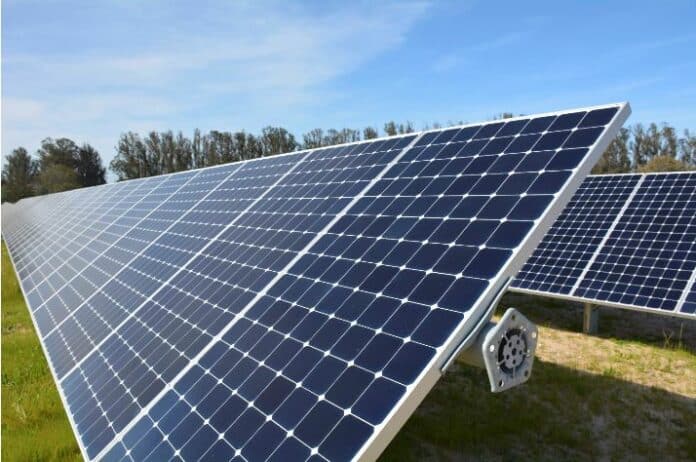By ROCCO MAGLIO
On September 1, 2015, the USDA Agricultural Research Service transferred their 3800 acre research facility in Brooksville to FAMU (Florida Agricultural and Mechanical University). It was reportedly “one of the single largest land transfers to a Historically Black College or University in history from the USDA.”
A portion of the property transferred to FAMU approximately 800 acres of the portion known as Bankhead Jones 2 which is located near the Lake Townsend Preserve (sometimes spelled as Lake Townsen) near the intersection of Daly Road and SR 476 is to be leased to Duke Energy for a solar power facility.
Duke Energy has two years to complete their due diligence on the property, which will expire in on February 28, 2021. During the due diligence period Duke will pay $40.00 per acre ($32,000.00) per year. The due diligence period is followed by a construction period which is also limited to two years, it ends on February 28, 2023. During the construction period the rent will increase to $400.00 per usable acre (est $240,000.00 — $320,000.00) per year. After construction is completed the site will enter the operation period that will last for 25 years, it ends on February 28, 2048. During the operational period Duke Energy will pay $850.00 per usable acre (est $510,000.00 — $680,000.00) per year. There is an annual rent escalation of 2.5 percent per year. There are also two options to renew the lease after it expires, each of which are for a 5-year period the current contract could last until February 28, 2058.
When the USDA conveyed the acreage to FAMU, it was through a quit claim deed which incorporated a 25 year use restriction to agricultural and natural resource research. In exchange for the land, the University agreed to establish a Beginning Rancher/Farmer program serving “tribal” organizations. A large part of the agreement is to facilitate agricultural and natural resources research.
FAMU is responsible for maintaining the property and existing facilities. They had planned to allocate $350,000 annually to maintain the research center and facilities. Buildings on the property date back to the Civilian Conservation Corps of the Great Depression’s New Deal.
FAMU’s College of Agriculture and Science listed the following as their goals for the Brooksville site:
1. Conduct agricultural and natural resource research that will benefit the nation, state, and local communities;
2. Develop and implement the beginning rancher and farmer programs, and outreach projects;
3. Develop and implement socio-economic projects that will enable the Brooksville site to be economically viable and self-sustaining;
4. Develop youth development and experiential learning and training opportunities for students at all grade levels;
5. Develop and showcase demonstrations designed for various alternative agricultural enterprises from current and future program areas in the college; and 2
6. Engage faculty from FAMU and other universities to participate in the Brooksville project.
The research they planned to conduct was to focus on livestock grazing systems, hay production systems, grapes, small fruits and medicinal plants, integrated pest management, wetland and watershed research.

